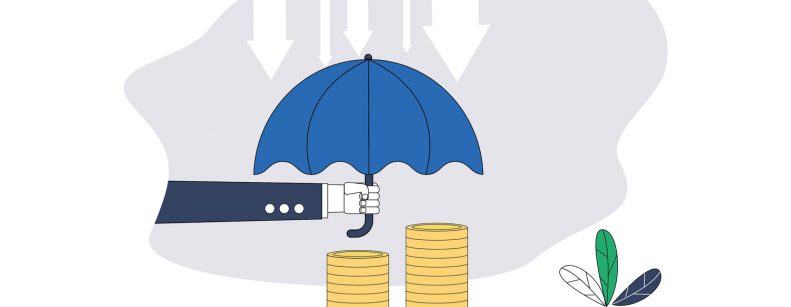
The last weeklast week, we highlighted the opportunities that were opening up in local equities, due to the expectation of aggressive monetary easing in the future.
Well, this week we will address opportunities in fixed income markets. The latest economic data, with downward surprises in activity and especially in inflation, clear the way for the Central Bank to make its first rate cut of 75 bps (or even 100 bps) at the end of this month and end the year with a TPM of 8% (-325 bps), a tightening process that would continue in 2024 to the 4.25% - 4.5% range.
With this, it is necessary to initiate a change in portfolios to take advantage of low TPM. Corporate bonds historically perform better in bearish TPM cycles than money market instruments or government bonds, Therefore, a first move to consider is to gradually move away from time deposits and money market funds and start favoring fixed income with a duration between 2 and 5 years, preferably in bank and corporate bonds with a good rating.
And although it is suggested to increase exposure to peso-denominated securities, we believe that this is not the time to abandon the UF, not only for diversification reasons, but also because we believe that UF rates are over punished.. Until a few weeks ago, UF forwards incorporated that the CPI would close the year closer to 5%, but after the downward surprise in June's inflation, this changed drastically and now the projections point to an inflation that would close the year even closer to the CCB's target of 3%.
How much of that is a "flow effect" of investors moving from real to nominal instruments that has benefited peso returns and reduced UF returns, and how much of that is more fundamental? Presumably there is a bit of both, but we believe that an imbalance has opened up that is difficult to justify.
The sale of real paper has left the rate levels above what we estimate as "Fair Value" levels in the short and mid part of the curve and we see a bit of overreaction, since the Economic Expectations Survey (EEE), released after the June CPI data, has a 4.2% inflation rate for the end of the year, quite in line with what our Economics area estimates.
Another way to see that the market may be moving well ahead of the curve is shown by inflation breakevens, which have gone from being "unanchored" at the high end, to now trading below 3% even up to 5 years.
In conclusion, the beginning of the monetary easing cycle will accelerate the transition of portfolios from IIF to IRF. Levels and accruals enhance the value of the short end of the interest rate curve, but UF instruments gain attractiveness, especially between 2 and 5 years.
For more information, please review the commercial presentation of the Fynsa Deuda Chile Fund.